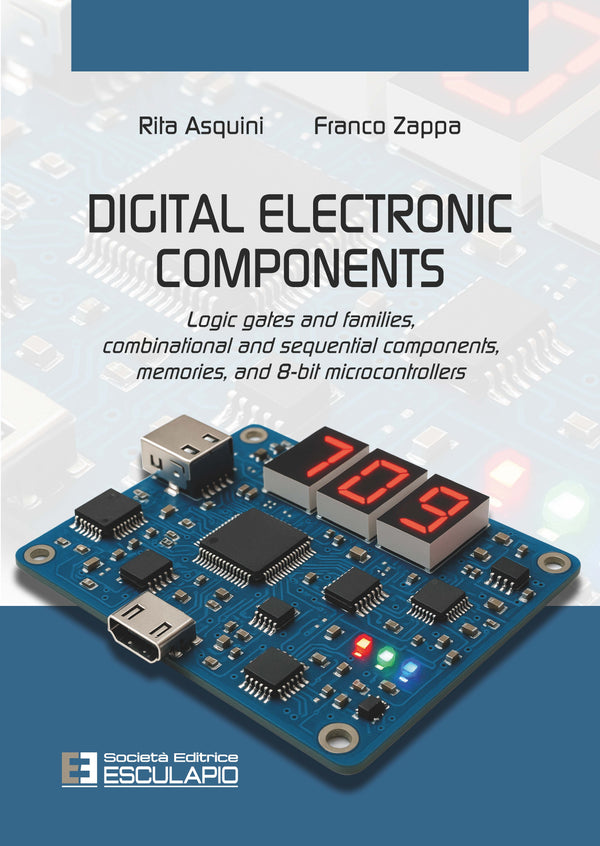TORNABENE - Hygro-Thermo-Magneto-Electro-Elastic Theory of Anisotropic Doubly-Curved Shells
SKU: 3993 I Ed.2023 17x24 Hardcover Pag.1072
AVAILABILITY: In stock (3 items)
PRODUCT TYPE: Libro cartonato
VENDOR: Esculapio Ingegneria
Hurry! Only 3 Left in Stock!
Pickup available at Magazzino Esculapio
Usually ready in 1 hour
TORNABENE - Hygro-Thermo-Magneto-Electro-Elastic Theory of Anisotropic Doubly-Curved Shells
Default Title
Magazzino Esculapio
Via Umberto Terracini 30
40131 Bologna BO
Italy
+39516340113
This book aims to present in depth several Higher-order Shear Deformation Theories (HSDTs) by means of a unified approach for studying the Hygro-Thermo-Magneto-Electro- Elastic Theory of Anisotropic Doubly-Curved Shells.
In particular, a general coupled multifield theory regarding anisotropic shell structures is provided. The three-dimensional multifield problem is reduced in a two-dimensional one following the principles of the Equivalent Single Layer (ESL) approach and the Equivalent Layer-Wise (ELW) approach, setting a proper configuration model. According to the adopted configuration assumptions, several Higher-order Shear Deformation Theories (HSDTs) are obtained. Furthermore, the strong and weak formulations of the corresponding governing equations are discussed and illustrated.
The approach presented in this volume is completely general and represents a valid tool to investigate the physical behavior of many arbitrarily shaped structures. An isogeometric mapping procedure is also illustrated to this aim. Special attention is given also to advanced and innovative constituents, such as Carbon Nanotubes (CNTs), Variable Angle Tow (VAT) composites and Functionally Graded Materials (FGMs).
In addition, several numerical applications are used to support the theoretical models. Accurate, efficient and reliable numerical techniques able to approximate both derivatives and integrals are considered, which are respectively the Differential Quadrature (DQ) and Integral Quadrature (IQ) methods.
The Theory of Composite Thin Shells is derived in a simple and intuitive manner from the theory of thick and moderately thick shells (First-order Shear Deformation Theory or Reissner- Mindlin Theory). In particular, the Kirchhoff-Love Theory and the Membrane Theory for composite shells are shown. Furthermore, the Theory of Composite Arches and Beams is also exposed. In particular, the equations of the Timoshenko Theory and the Euler-Bernoulli Theory are directly deducted from the equations of singly-curved shells of translation and of plates.


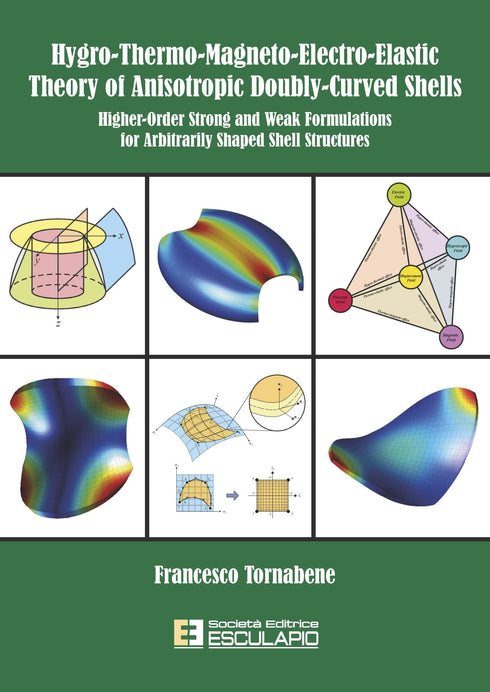
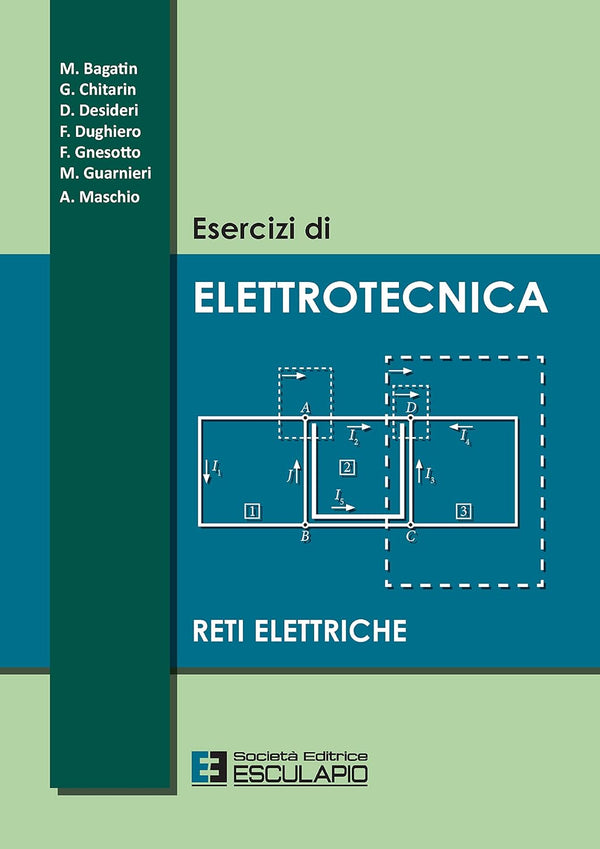
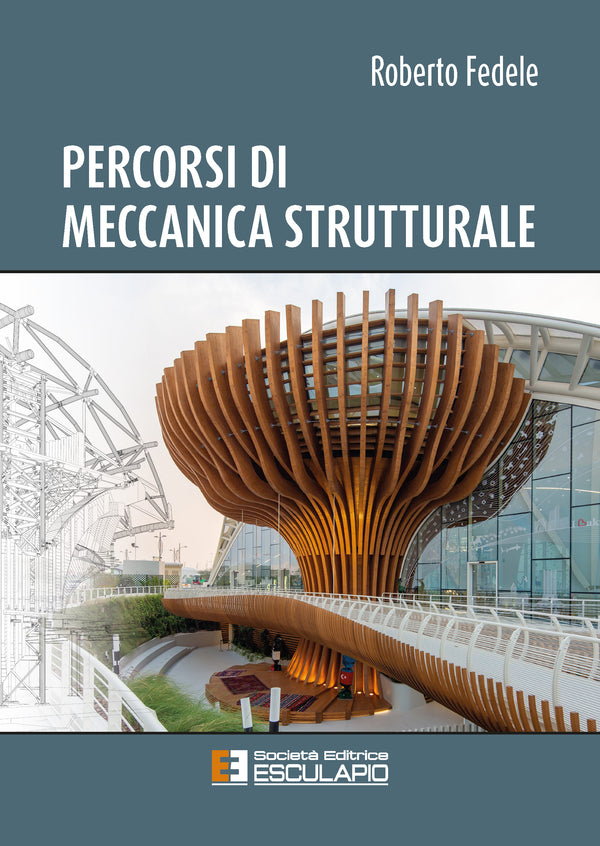
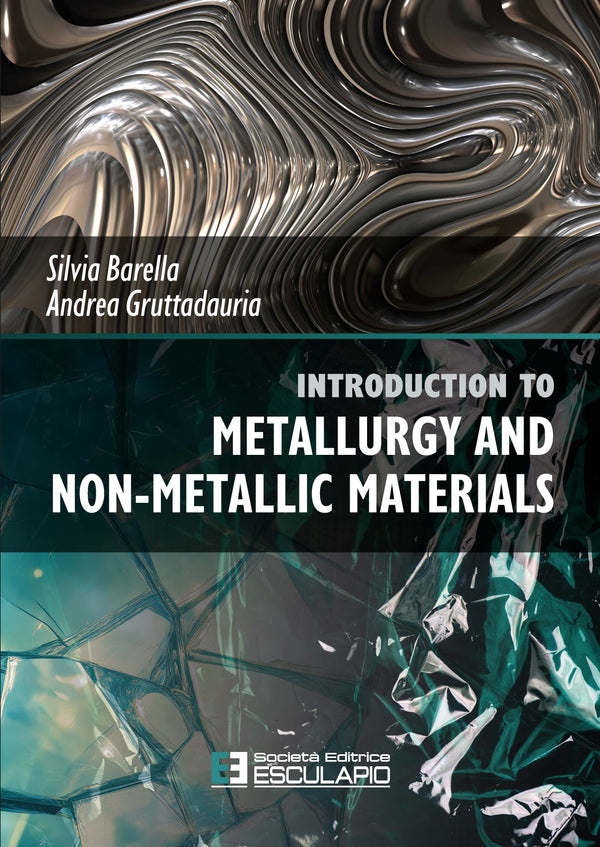
![[TEXTINCLOUD] CALDON BIGNUCOLO - Impianti di Produzione dell'Energia Elettrica. Criteri di scelta e dimensionamento](http://bookshop.editrice-esculapio.com/cdn/shop/products/ebook-caldon-bignucolo-impianti-di-produzione-dellenergia-elettrica-criteri-di-scelta-e-dimensionamento-204534_600x.progressive.jpg?v=1630505058)
